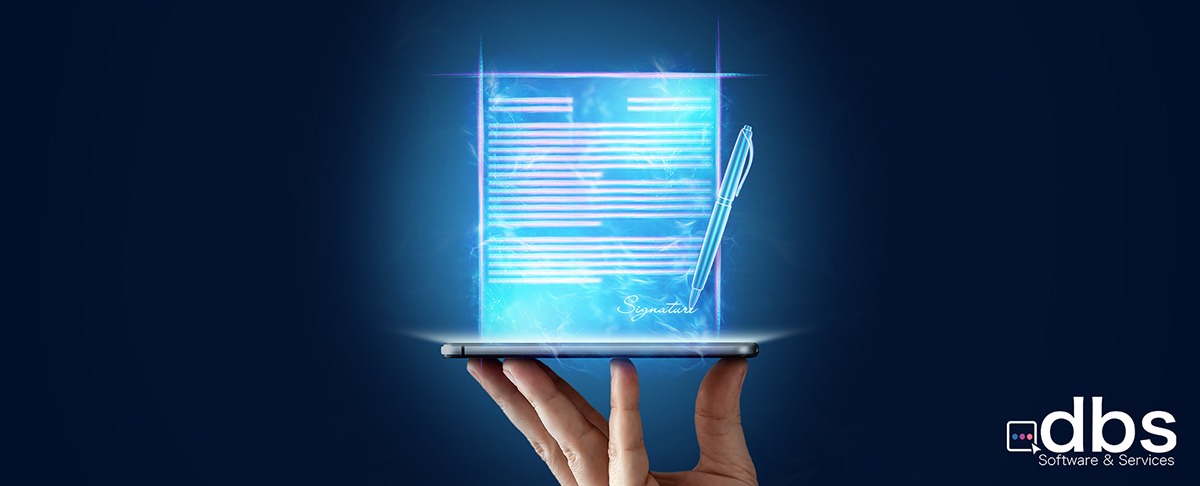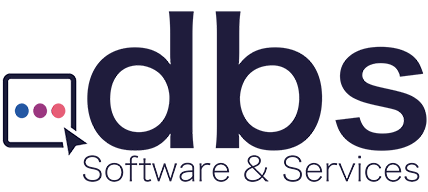
E-signatures in 2022: An essential part of document management
For a good part of the last decade, many organizations had been making a steady shift towards digital transformation. It was clear that the businesses that ran with the amplified efficiency brought about by digital transformation would outcompete the ones that were slow to the change. Eventually, digital capabilities went beyond the scope of replacing error-prone, manual processes, and ushered in the opportunities of rapid scalability and exponential growth.
The disruption in 2020 due to the COVID 19 pandemic only served as a catalyst to further accelerate the inevitable change. The future was headed our way, only sooner.
As workplaces shifted out of office buildings, one of the many pressing needs was to securely authenticate identities and transactional communication remotely. The ‘wet’ signature on paper was a surmountable hindrance, and e-signatures increasingly became the norm.
What is an E-Signature?
An e-signature is a digital replacement for a handwritten wet signature on paper. Functionally it is a mathematical code that captures the signer’s intent to agree to the contents of a digital document.
Often used interchangeably with ‘digital signature’, an electronic signature or e-sign is a term used to describe a wider variety of digital authentications, from check-boxes and scanned physical signatures to biometric authentications. A digital signature can be plainly understood as an extremely secure e-signature. Since it’s a widely popular term, we shall use the term e-signature from here on.
What are the functions of an E-Signature?
In order to fully substitute the validity of a paper signature, an e-signature has to fulfill the following functions:
- Authenticity: It must establish that the signature is uniquely linked to the signer.
- Identity: The signature must be capable of identifying the signer, either by the signer’s digital identity or a real-world identity (like say, social security number).
- Integrity: The signature must be capable of preserving the integrity of the document that is signed. Which means that the document once signed can not be edited or altered in any way.
- Authentication: It must be ensured that the signature is under the sole control of the signer, and can not be used or ‘forged’ by someone else.
Types of E-Signatures
Of course, not all kinds of electronic signatures fulfill all of these requirements and neither do all transactions need the same type of signature. Depending on the stakes at play, different types of e-signatures have their utility. An agreement to the terms and conditions of Twitter, does not necessarily need the same rigor of electronic signature as a million-dollar contract. Therefore, an electronic signature can be broadly classified into three types:
- Basic Electronic Signature (BES), simply captures the intent of the signer to accept or approve.
- Advanced Electronic Signature (AES), meets the requirements of ID proofing and tamper-proofing in addition to BES.
- Qualified Electronic Signature (QES), is a non-repudiable signature tantamount to a wet signature on an electronic document with the highest legal validity. It includes foolproof verifications of identity and authentication in addition to AES.
E-signatures in 2022: A ‘sign’ of times to come
Most modern businesses and organizations that have completed at least some of their digital transformation use document management systems (DMS) at the core of their technology stacks. A DMS captures, stores, manages, and archives electronic documents of all kinds in a unified, intelligently indexed, and searchable repository. This opens up a world of digital enhancements for organizations with a keen eye on the future. An advanced DMS like Tessi Docubase®, for example, has features like workflow automation, business tool integrations, and LiveForms among many others.
E-signatures may sometimes be seen as just another document management feature, but in reality, it packs many benefits and massive advantages to those who truly embrace the technology. A few of these are outlined below:
Close deals faster
Secure collaborations are one of the standard features of a DMS. Coupled with authorized access controls, the terms of an agreement can be iterated upon in granular detail by various parties with delineated privileges on the same document. Authorized collaborators can view, comment, edit and track changes in clauses remotely.
While this already speeds up the process of negotiations, adding an e-signature to the workflow means that the contract or agreement can come into effect without the parties having to overnight stacks of paper, or worse, meet in person to sign on the dotted line. 2022 will see wider adoption of e-signatures as an expected feature of contracts which will only make the process smoother by overcoming the initial hurdles of trust.
Streamlined and error-proof approvals
Workflow automation enabled by the modern DMS automates routine repeatable tasks while taking a job through the chain of ownership, action, and approval. While this in itself largely dispenses with bottlenecks, delays, and human error, sign-offs at each stage can be vulnerable to errors and subversions. The coming year will see the features of e-signature integrated minutely within workflows, increasing the integrity and accountability of human actions within any system.
Seamless user experience
One of the hurdles of e-signatures today is that it’s perceived to be more complicated than putting your John Hancock on paper with the flourish of a pen. Indeed in the past, the lesser the human effort involved in e-signing a document, the lesser the security. For example, putting a Qualified Electronic Signature on a document may involve a digital token or a legally authorized digital signature certificate that’s available to the signer on a pen drive. Therefore the user can’t e-sign a document without a laptop with a USB port.
However, given the increasing demand for non-repudiability and security, the user experience of e-signatures is likely to see a major improvement in the coming year. Further, touch-less and contactless features, the kind that would let you use your mobile device to sign with an SMS code, for example, are more than likely to make the user experience even more seamless. More and more users will be able to sign documents on the go from any device.
Improved security features
Most e-signatures are already more secure than manual signatures on paper. Encryption of the signed document means that a signed document can not be tampered with or otherwise modified without breaking the validity of the signature. The push towards making the user experience more seamless will mean that the security features of e-signatures will become even more hassle-free. Multifactor authentications and biometrics will ease the trade-offs between user effort and degree of security to a large degree. And the wider adoption of e-signatures as a standard across organizations will greatly reduce cybersecurity incidents that often use loopholes of unauthorized access to effect the breach.
Improved legality and compliance
Most countries have already adopted legislation and frameworks for making e-signatures legally binding. In 2022, as the regulatory directives for e-signatures become more concrete, the legal validity of e-signatures will find a greater boost. Further, features for privacy and regulatory compliance like GDPR will be built into the signature itself.
Integrations across business processes
The application of e-signatures doesn’t end with replacing the utility of manual signatures. The use of e-signs will not be limited to documents like contracts, declarations, undertakings etc. – the ones you might usually sign manually. E-signatures can, in the future, become as commonplace as user IDs and passwords are for logging into any IT system. However, in 2022, we are likely to see its embedded e-signature workflows as a standard in business processes like customer relationship management, enterprise resource planning, and more to enhance the security of these systems while adding strategic advantages.
Goodbye 2021, Hello 2022
2021 was a year like no other in the space of digital transformation products. As the world marches forward on the back of a pandemic, a lot has changed too quickly. Document solutions specialists like dbs Software and Services have become key partners in helping businesses and organizations transition to the new age of information.
dbs eSign is a cloud-based electronic signature solution that allows users to manage the signing process for a document, from upload to signing and sealing, from any mobile device or computer. Available as part of dbs LiveForms or as a stand-alone platform, it offers a highly flexible, secure, and affordable way for organizations to quickly and easily incorporate digital signature workflows into their operations.
E-signature is at its adoption inflection point and this market is projected to reach nearly 26.6% CAGR from 2021 to 2030, and is certain to be a key part of digital transformations well into the future.
Towards a better future in 2022.

dbs Software & Services (dbs) is a long-standing provider of document management and process automation solutions for education and business, and the exclusive provider of Tessi Docubase® in North America.
Tessi Docubase® is an enterprise-grade modular, secure, and easy-to-use document management system that seamlessly integrates with Business Information Systems. Its secure architecture and a broad range of features make it the perfect solution for a wide range of enterprises and use cases.
dbs LiveForms, is a low-code Business Process Automation platform. Its sole focus is simplifying complex processes by automating repetitive steps – from data capture to alerts, notifications, email confirmations, and everything in between quickly, without involving a programmer.
dbs eSign is a cloud-based electronic signature solution that allows users to manage the signing process for a document, from upload to signing and sealing, from any mobile device or computer.


Leave A Comment